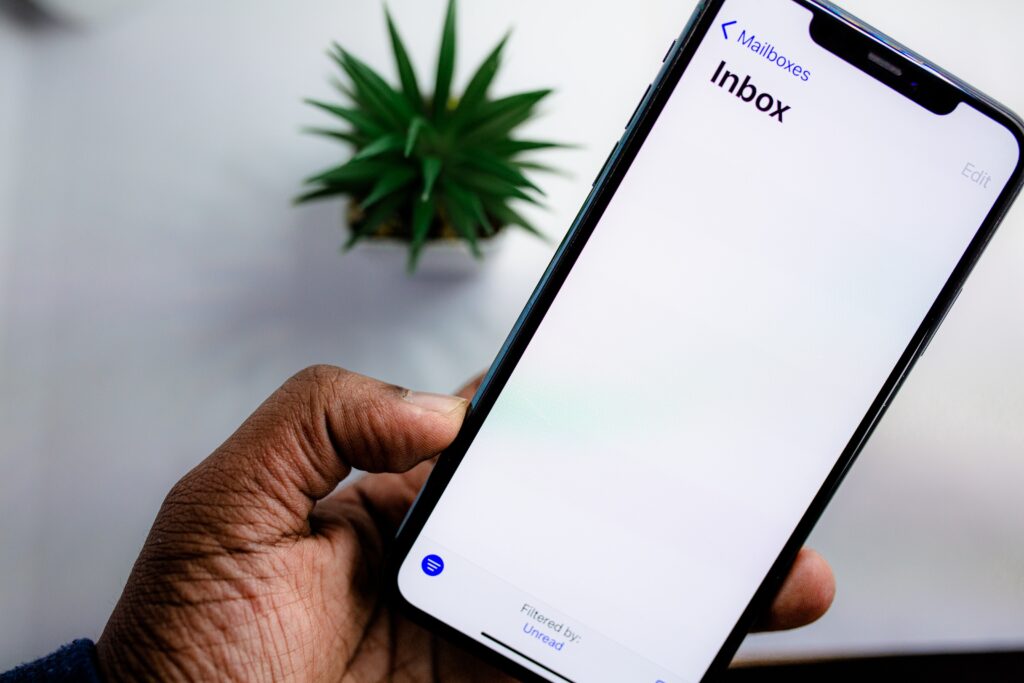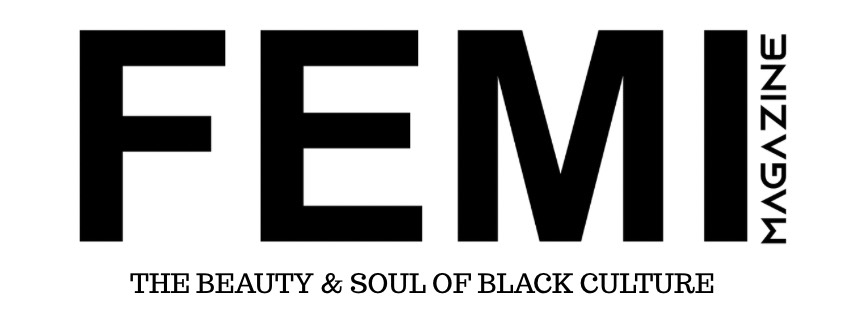Looking to get in touch with a media outlet? Look no further than this comprehensive list of some of the top ways to contact them. Whether you prefer email, phone, or social media, you’ll find various options to suit your needs. From crafting the perfect pitch to following up on your inquiry, these tips will help you get noticed and get your message out there. Don’t miss out on this valuable resource for anyone looking to connect with the media.

Maintaining healthy communication is key to building connections with businesses and media outlets. If you’re seeking coverage or placement for yourself or a client, it’s crucial to know how to communicate effectively with media outlets. Not everyone is familiar with these rules of engagement, so we’re excited to share some helpful tips to ensure the best possible outcome. By following these tips, you can gain valuable experience with outlets and even reach out to celebrities, TV networks, and more.
Let’s get started!
It is important to always send a pitch email to media outlets instead of direct messaging them.
Email pitching is a great way to keep track of your communication with media outlets. It’s important to note that if you don’t already have an established relationship with someone at the outlet, your pitch might be overlooked if you send it through DM or inbox. This approach can also come off as unprofessional. Instead, it’s recommended to avoid pitching through inboxes or DMs to anyone working for the outlet. Think of DMs and inboxes as personal spaces, like you’re reaching out to someone’s phone without permission or calling from an unknown number. If they don’t know you, they might not respond, making you feel like your message wasn’t important to them. On the other hand, sending an email is more efficient and helpful. Media outlets are always looking for new pitches in their emails, not DMs. Moreover, emails are an excellent way to establish a lasting relationship with media outlets. Once you have their email, it’s easier to track your past work and get faster responses because you’ve already established a relationship.

If you need to reach out to a journalist or media outlet, there are some important things to keep in mind. First, try to find their contact information on their website or social media. If that doesn’t work, exhaust all other possible avenues of contact before resorting to sending a direct message (DM) or inbox message. Sending a DM or inbox message should be a last resort, as it is generally not an effective way to get your message across.
Remember that in rare cases, it may be acceptable to send a direct message (DM) to a journalist or media outlet to pitch a story, but only if you already have a well-established personal relationship with them and they have explicitly stated that it’s okay to DM them. However, if you don’t have a personal relationship, it’s best to avoid sending DMs as it can come across as unprofessional and intrusive. It’s important to remember that journalists receive a lot of pitches, and sending a DM can make it seem like you’re trying to cut corners and bypass proper channels of communication.
It feels forced upon the individual and in some cases they will not respond as you would hope. So remember to send an email and be patient for them to respond. We know you are excited about being featured or even about having your client featured, but keep in mind, so are others so follow protocol and establish a great and lasting first impression.
So now I have the email for the outlet, What do I say in my pitch and what should I include?
We are excited to help you with that question!
It’s important to remember that the people who monitor emails for media outlets have a lot of work to do during business hours. They have to handle assignments for writers, attend staff meetings, prepare for calendar events, and more. Therefore, you need to keep your pitch short, simple, and to the point. Don’t beat around the bush!
When sending a pitch, it’s important to consider the following key points: Who are you? What is your client’s name? What specific assistance do you need from us? Why should we feature your client on our platform? What topics do your client/you want to discuss with our readers? Ensuring that these questions are addressed in your pitch can increase the likelihood of a successful collaboration.
Please ensure that you attach a professional image that is clear and not blurry, of the person who is seeking coverage on the platform. Avoid sending selfies or screenshots that show the time and battery percentage, as they are not suitable. Keep in mind that the images you send will be used in the article, so it is important to choose images that represent you or your client well.
When pitching an interview with a client, make sure to provide their social media handles and website, if available. This will allow us to assess if the person aligns with our readers’ interests and values. Additionally, we will evaluate their social media engagement and audience to determine if they are a valuable representation of our platform. It is important to consider if this person’s audience will bring value to our readers.
It is important to acknowledge that having low engagement and a small following may make media outlets hesitant to feature you or your client. Unfortunately, in some cases, this can lead to the outlets feeling like they shouldn’t be interested if nobody else is. Even on social media platforms such as Instagram and Facebook, you may not be able to get your page verified if you don’t meet certain requirements, even if you’re doing great work in your community or for others.
It is important to follow up after sending an email. If you notice that several days have passed and the recipient has not acknowledged receiving your email, it is recommended to send a follow-up email. This email should respectfully inquire if the recipient has received your pitch. It is not advisable to head to the DM/Inbox about something you pitched as it may not establish a good tracking record through email. Keep in mind that it is easy for emails to get overlooked by accident as a lot of emails are coming in. Therefore, it is important to remember that life happens and to give the recipient the benefit of the doubt.
It’s important to remember to approach outlets with patience and a respectful attitude. Before reaching out, do thorough research on the outlet to ensure that it aligns with the client or yourself. If an outlet passes on your pitch, don’t take it personally. Instead, maintain a positive relationship and move on to the next client.
We hope this information was helpful to you. Happy Pitching!






